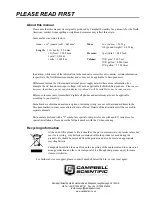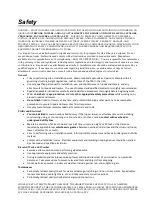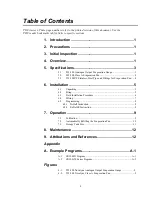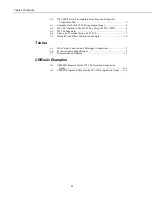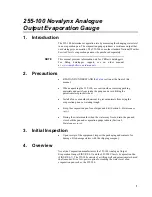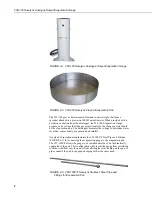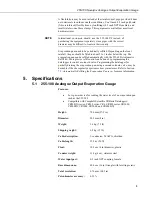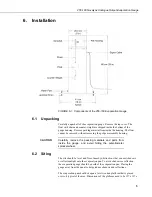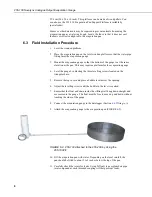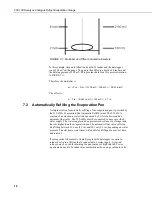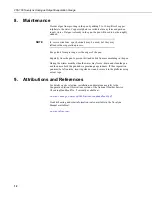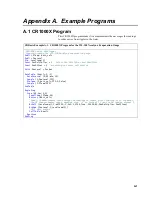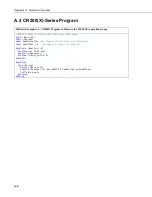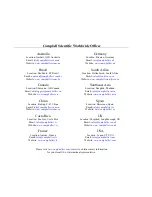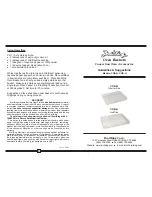
255-100 Novalynx
Analogue Output Evaporation Gauge
8
6.5 Programming
Programming basics for CRBasic dataloggers are provided in the following
sections. Complete program examples for select CRBasic dataloggers can be
found in Appendix
(p. A-1)
. Programming basics and
programming examples for Edlog dataloggers are provided at
6.5.1 BrHalf Instruction
CRBasic dataloggers (except the CR200(X) series) use the
BrHalf()
instruction, which has the following structure:
BrHalf(
Dest, Reps, Range, SEChan, ExChan, MeasPEx, ExmV, RevEx,
SettlingTime, fN1/Integ, Mult, Offset
)
shows the excitation and voltage ranges used for this instruction.
, to determine the multiplier and offset.
The multiplier and offset are unique for individual evaporation ga
u
ges.
TABLE 6-2. Excitation and Voltage Ranges
Datalogger
mV excitation
Full Scale Range
CR300 Series
2500
± 2500 mV
CR6
2500
± 5000 mV
CR800 Series
2500
± 2500 mV
CR1000
2500
± 2500 mV
CR1000X
2500
± 5000 mV
CR3000
5000
± 5000 mV
CR5000
5000
± 5000 mV
You can average the readings to reduce error from ripples in the water by using
the
AvgSpa()
instruction. An example of doing this is shown in Appendix
(p. A-1)
.
6.5.2 ExDelSE Instruction
CR200(X)-series dataloggers use the
ExDelSE()
instruction, which has the
following structure:
ExDelSE(
Dest, Reps, SEChan, ExChan, ExmV, Delay, Mult, Offset
)
Use
mV2500
for the
ExChan
parameter. Refer to Section
(p. 9)
to determine the multiplier and offset. The multiplier and offset are unique for
individual evaporation ga
u
ges.
You can average the readings to reduce error from ripples in the water by using
the
AvgSpa()
instruction.


